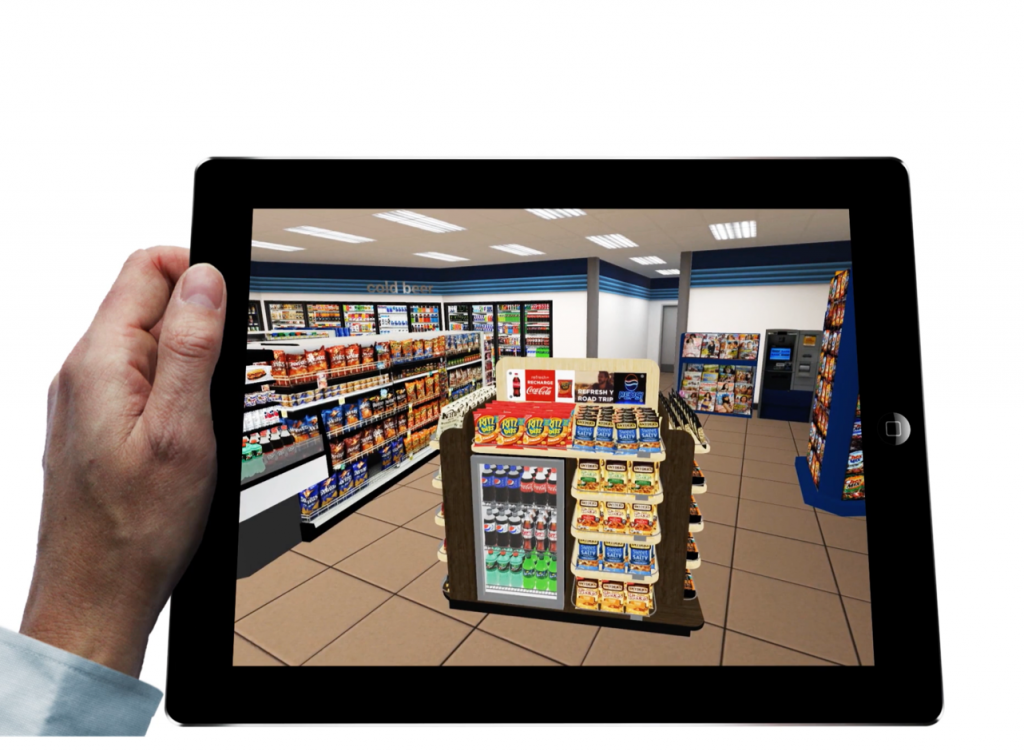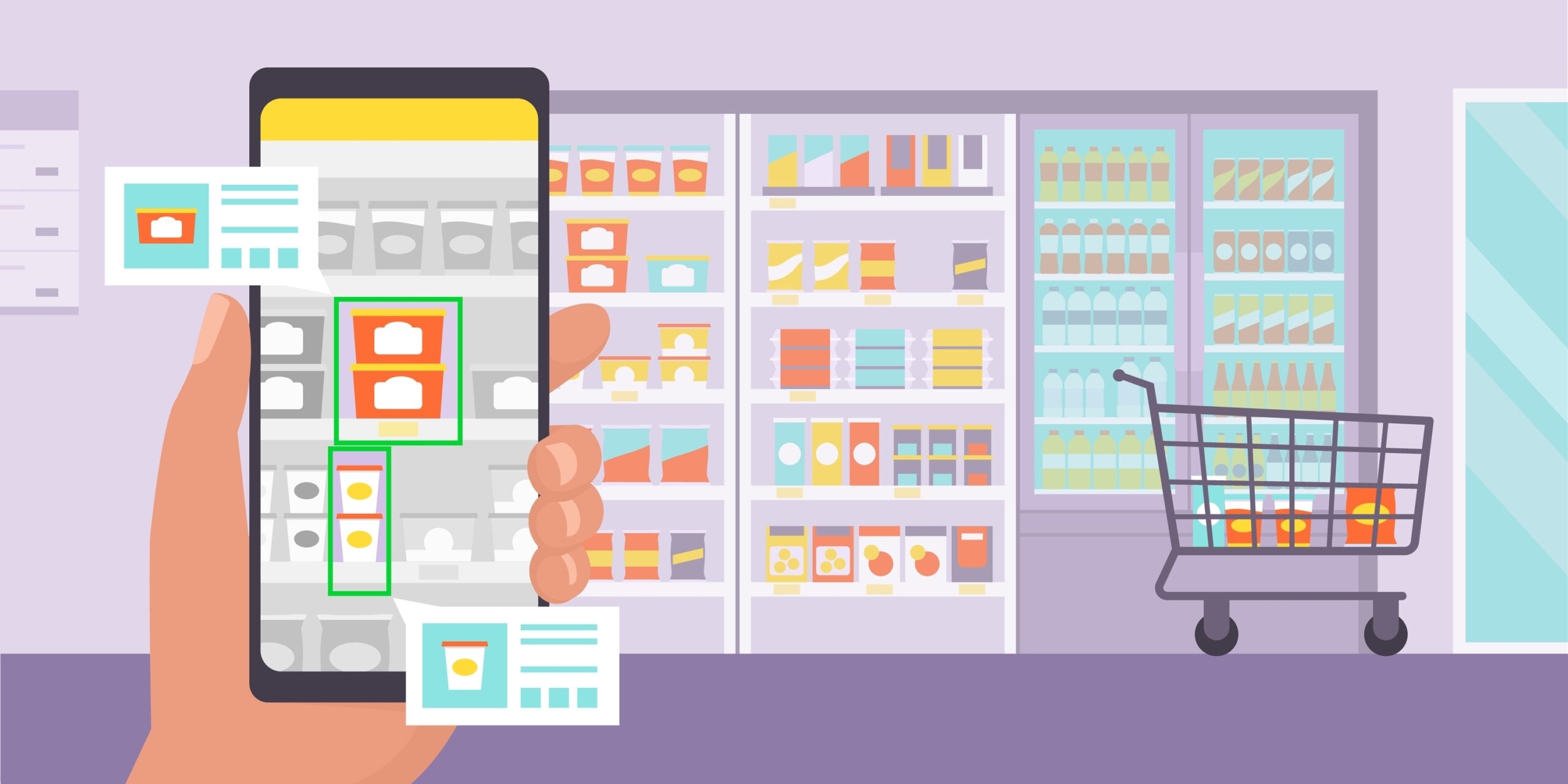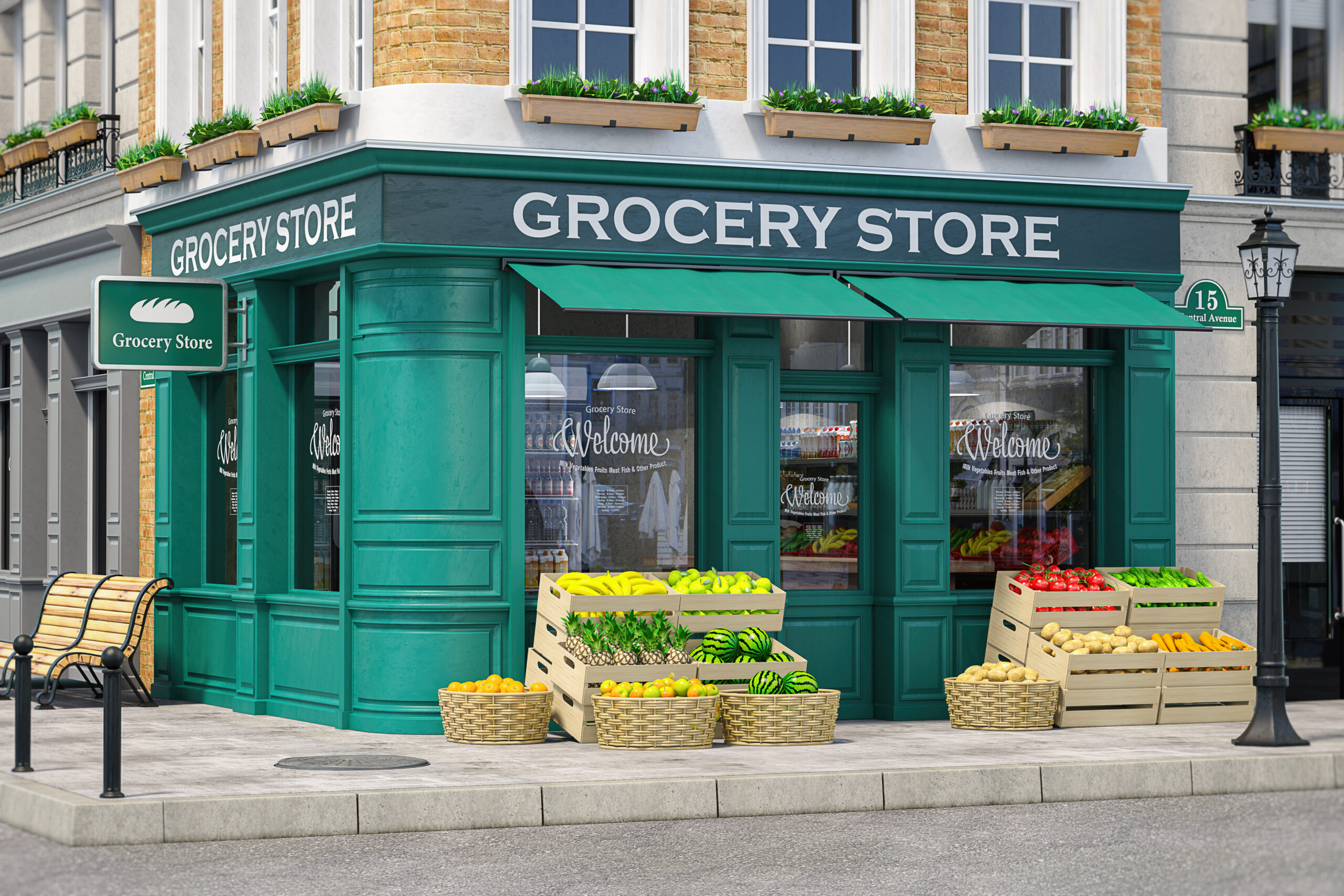It’s time to have a real conversation about digital twins and what that means for engaging an immersive virtual environment.
Facebook recently changed its name to Meta, with the goal of reinforcing its focus on immersive virtual reality as part of its future vision. Accenture just announced that it purchased over 60,000 Oculus Quest 2 headsets to train its own recruits in coming years. Last Christmas, Sam’s Club even brought us Christmas shopping in the Griswold house, leaning into a Christmas movie classic to buy Christmas classics. Of course, there’s…Roblox and Fortnite.
The truth is virtual reality execution as a business tool in research, planning, execution, and customer experience is not new. In fact, for many of us in the industry, we are well within our second decade of helping companies drive both using virtual reality to make business decisions.
Instead, we have hit the critical adoption point, driven by post-pandemic circumstances, in which immersive virtual reality is really hitting its stride from an adoption curve perspective, and we are moving towards common and ubiquitous acceptance, though access will be different by audience.
So while Facebook looks to build a world without boundaries, let’s look at other examples of digital twin technology that hit a bit closer to home. From city planning to transportation centers to retailers and manufacturers, key industries today rely on digital twins of existing places to help them make critical decisions.
- Visualizing 2D Concepts: Whether it’s changes in a grocery store, the architectural modeling of a soon-to-built baseball stadium, or designing a conference center for people to meet in “person” when in-person isn’t possible, 3D digital twins bring to life what pen & paper or basic screens cannot.
- Test & Learn: Building off these concepts, digital twins then allow any client, regardless of industry, to explore directly with consumers what works and doesn’t work. Don’t risk changing assortment in a category without knowing that sales increase with the implementation. Why build a new retail concept without first knowing that your customers are going to love it and foot traffic will increase.
- Training and Implementation: Once you have confirmed that the concepts you’ve imagined are going to make a real difference in driving your business, use those concepts within a digital twin to train your staff or field sales efficiently and inexpensively. More importantly, consider connecting to supply chain systems, AI-driven computer learning findings and marketing systems to update and evolve what your team needs to know in real time.
- Commerce: To take it one step further, I do believe digital twins – both of what is and what can be imagined, serve as the foundation of the metaverse and the commercialization of what is uncharted retail space. vCommerce, not just eCommerce, is what will drive experience in the future—and the sky is the limit! This doesn’t have to be a futuristic “Ready Player One” implementation. Just imagine an online grocery shopping experience, where you start by shopping a smaller version of your nearest grocery store. This virtual store space includes all of your most-often purchased items, plus a sprinkling of recommendations based on what you already buy.
The possibilities are endless. But it starts with a virtual step into a digital twin of the already familiar, which really isn’t a giant leap at all.

This article was originally posted on LinkedIn by Diana Sheehan, GVP Insights & Commercial Strategy at InContext.





